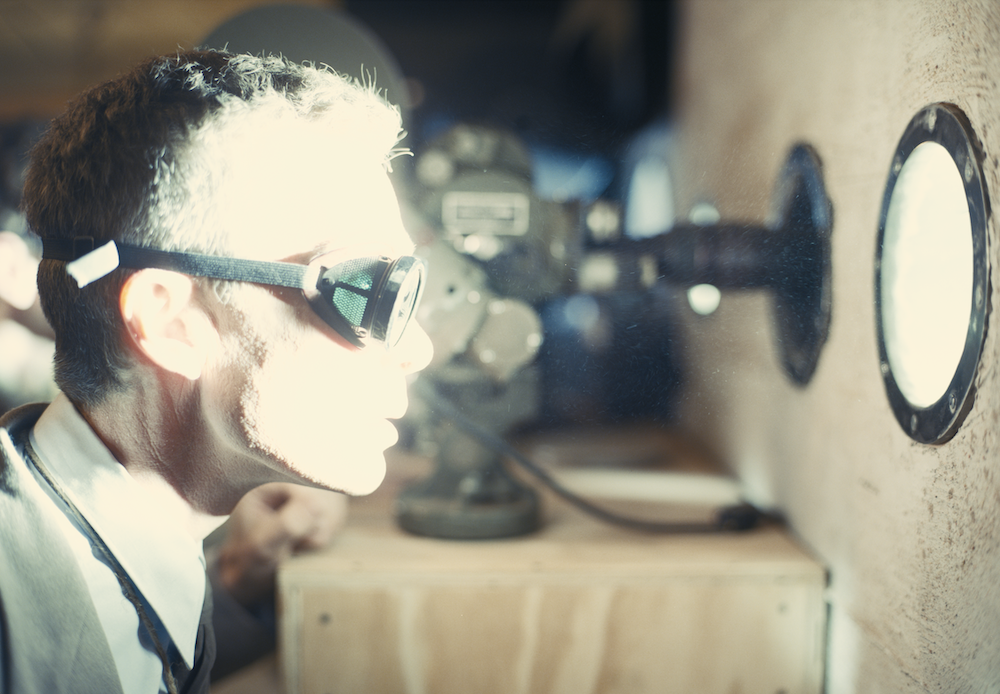
Shock and awe: Oppenheimer
Posted on Sep 12, 2023
DNEG – sole VFX partner on the dazzling Oppenheimer – shares the inside story of creating history for Christopher Nolan’s atomic-age epic
Words | Will Lawrence
It was while shooting in New Mexico that DNEG’s Andrew Jackson got stuck – quite literally. Working as the visual effects supervisor on Christopher Nolan’s blockbuster epic Oppenheimer, Jackson was moving ahead of the main unit, which was filming in Albuquerque with the cast. He set out into the desert south of the city, driving to the spot where Nolan was to film his version of the Trinity atomic test, executed by J Robert Oppenheimer as part of the Manhattan Project on 16 July 1945.
“I thought I’d go early and get ahead,” begins Jackson. “But on the first day it rained heavily and all the roads were clogged with mud. We had to give up. When we did eventually get there, it was just a sea of mud and we couldn’t set up. We spent two days stuck.”
When they were not mired down and soaking wet, Jackson and the VFX crew spent much of their time on set working inside one of the props: a wooden shed that was originally constructed as part of Los Alamos, the desert town that sprung up to house the Manhattan Project. “We didn’t have quite the same level of stress involved with success or failure as they did,” remarks Jackson, “but it was like our own little science project, for sure.”
It was vital that the VFX team stay close to the main production. Nolan was shooting on film with IMAX cameras, screening dailies – all the material Jackson captured during the day would go straight to Nolan for review. “We were almost tacked on to the main unit,” adds Jackson. “We worked closely with Chris all the way through.”
Indeed, their professional relationship is so close, Jackson was the first person to read the Oppenheimer script after Emma Thomas – Nolan’s wife and producer. The film marks his and Nolan’s third collaboration, following Dunkirk and Tenet; with Jackson’s work on the latter earning a BAFTA and the Oscar for best visual effects.
“I didn’t know what this project was until I read the script,” Jackson reveals, “but Chris already said he wanted to avoid computer-generated effects. He thought if we could shoot it practically, it would fit better with the language and feel of the film. We have tried to capture as much as we can in-camera increasingly on each film, so it was no surprise he said no CG whatsoever.”
Capturing the Trinity test was ‘one of the most important things to figure out’, according to Nolan. He’d created a nuclear explosion using computer graphics in The Dark Knight Rises, “which worked for that film,” he says, “but it also showed me, with a real-life event like Trinity, computer graphics would never give you the sense of threat you see in real-life footage.”
The real Trinity test was filmed at the time on a range of cameras with a variety of lenses, positioned at various distances and shot at different frame rates. “There’s a visceral feeling to that footage,” continues Nolan. The challenge, he says, “was to find analogue methods to produce effects that evoke the requisite threat, awe and horrible beauty of the Trinity test.”
This article originally appears in the September 2023 issue of Definition. Read the full story here.










